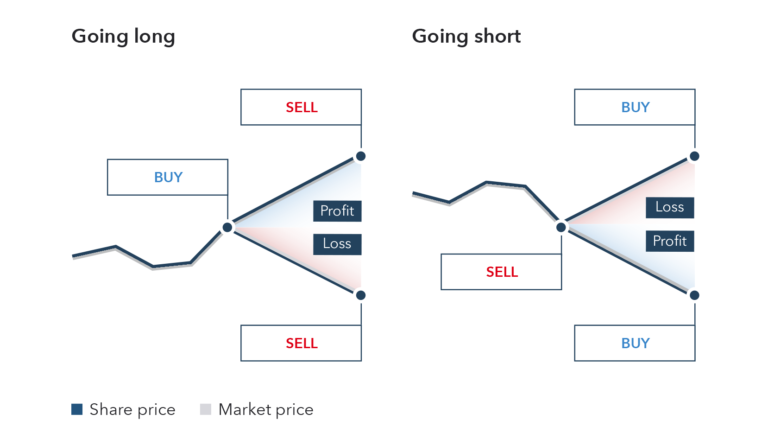Cyber Risk Assessment – A Step-By-Step Guide
Cyber attacks can be more than just expensive – they can damage your reputation, business, and even your ability to operate. That’s why cyber risk assessments are important.
Risk assessments help companies identify security gaps at all levels, from physical security to malware detection and removal. They also allow companies to prioritize risks, preventing unnecessary spending.
Understand the Business
Practically all organizations have information systems and data that need protection against cyber attacks. While these attacks are often based on malicious intent, they can also result from human error and failure to follow standard policies. A cyber risk assessment is the first step in identifying and managing these risks.
A cyber risk assessment is a detailed and proactive process identifying potential threats, vulnerabilities, and risks to an organization’s information. Unlike traditional business risk assessments that look at physical and environmental risks like flooding, fires, and earthquakes, cyber risk assessments focus solely on cyber threats.
Since most organizations don’t have unlimited budgets for this exercise, they need to limit the scope of their assessment to mission-critical assets. This is why a definition of asset importance should be developed and formally incorporated into an organization’s information security policy. This standard should include factors such as the value of the asset, its legal standing, and its importance to the business.
Identify Critical Assets
It can be difficult for many businesses to identify what the business considers critical assets. However, it is important to take the time to establish a clear standard for how a company defines its critical assets. This will help them save time later when a cyber criminal attempts to steal data or otherwise compromise their information security.
This includes everything from physical equipment to software and systems, such as those used to manage payment processes. It also includes critical information attackers could exploit, such as customer data or intellectual property.
Taking the time to assess and prioritize these assets helps the business reduce the impact of a successful attack. While attacks can cost companies a great deal of money financially, they can also be costly in other ways, such as lost customers or reputation damage. A clear understanding of your critical assets allows the team to focus efforts and resources on these assets and pre-determining how they will respond to new alerts and findings.
Assess the Risk
Before determining what risks to address, it is essential to have a complete map of your organization’s assets. Identify all physical and logical resources, not just the “crown jewels,” critical to your business operations. A proper asset map identifies all potential targets for attackers and provides a starting point for remediation efforts.
Once you have a comprehensive list of your assets, determine the risk associated with each by multiplying probability and impact. This step should also include the assessment of risks to business processes and information systems.
Use threat libraries to help you assess the likelihood of threats exploiting vulnerabilities against each asset. This helps stakeholders and cybersecurity teams understand the risks to their business objectives so they can develop appropriate mitigation strategies. This methodology can prevent companies from taking a compliance-oriented approach that may miss the most significant risks. Identifying the most important risks to address first can save time and money.
Identify the Impact
You cannot protect what you don’t know, so a cyber risk assessment starts with creating an inventory of all physical and logical assets in the scope. This includes identifying the crown jewels critical to your business and assets attackers would want to control, such as Active Directory servers, picture archives, and communications systems, to expand their attack.
Once the catalog is complete, risks can be evaluated and categorized based on their likelihood of occurring and impact on your enterprise. Then, it’s time to determine how those risks should be addressed. The best way to do this is by performing a cost/benefit analysis, which weighs the costs of remediation against the cost of potential harm resulting from a security breach.
The good news is that while cybersecurity assessments have their costs, the long-term costs of a data breach or regulatory fine are far greater.






